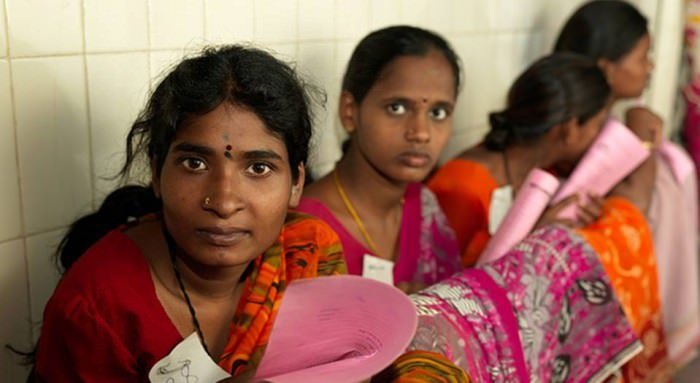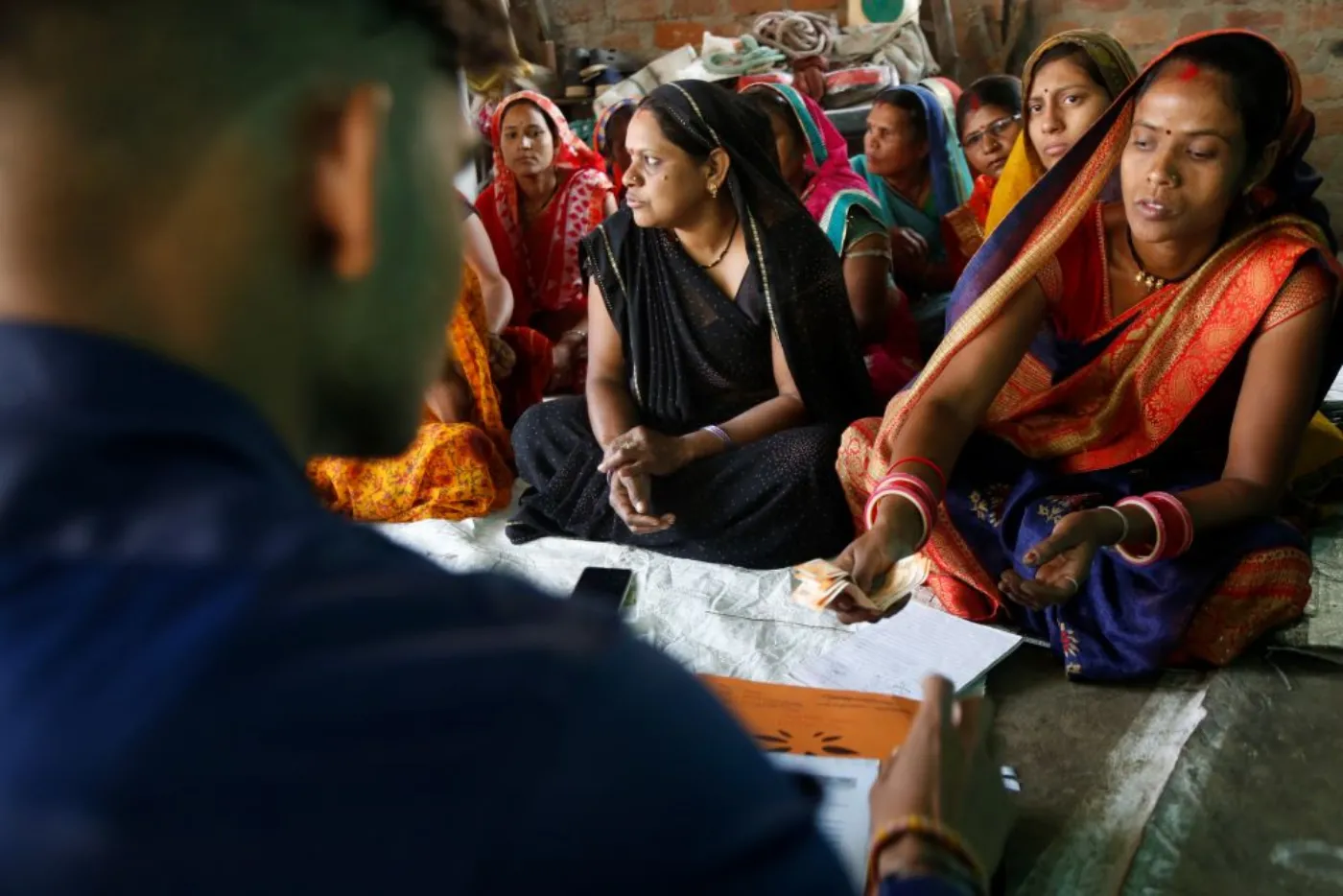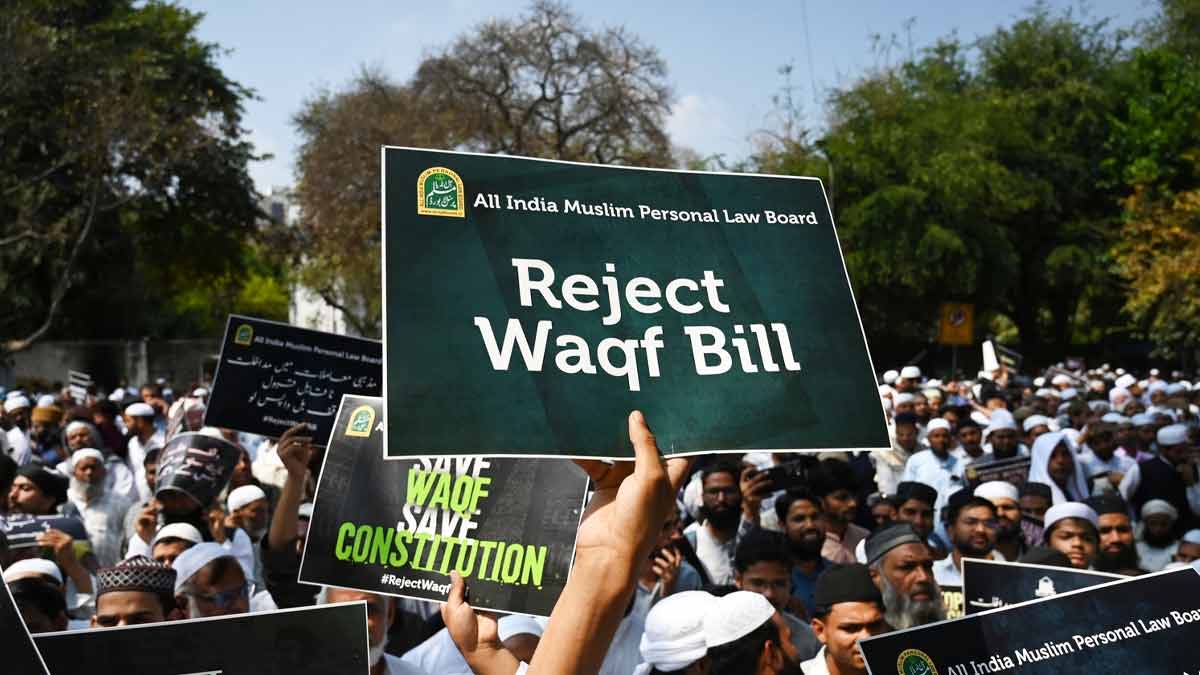While studying comparative constitutional law in the United States, I was asked to comment on the attitudes of the Indian State and people to abortion. The back drop of this question was the German Constitutional Court’s decision on abortion, and Roe v. Wade, in the American Context. The pro-life and pro-choice positions tend to be a highly polarized topic in the American political discourse, with slightly more than half of American people supporting abortion rights, and considerable regional variance on the issue.
Of course, one’s context limits the ability to speak for women with different realities, but I ventured to provide some context into India’s liberal abortion regime, and the fact that the ‘Pro-life v. Pro-choice’ positions have not really manifested themselves as a binary in the Indian discourse or politics in the way they have in some other parts of the world.
This article aims at investigating why such a binary has not manifested itself in the Indian public discourse, and what social, economic and political factors have lead the Indian State and people to respond to this issue, not on the basis of first principles, but on pragmatic considerations of controlling the expansion of population and escaping poverty through smaller family size.
The Indian Context
One must acknowledge, at the outset, that the polarized nature of the pro-life/ pro-choice debate ends up ignoring the fact that there need not necessarily be an unalloyed ‘pro-life’ or ‘pro-choice’ position. Someone may consider abortion to be ‘destruction of life’ but may still acknowledge that as a matter of policy, the State ought not to interfere in a woman’s choice on her pregnancy. Further in cases of rape and incest, persons who generally oppose abortions may see permissible exceptions. Alternatively, a pro-choice person may understand the need for certain limitations on abortion. A prime example of other factors being alloyed with a pro-choice position, is the issue of sex selective abortions. Indian women’s rights activists who may be decidedly pro-choice, are likely to oppose sex-selective abortion, seeing it as a an insidious form of gender based violence. In the Indian context, feminists, policy-makers and activists have had to do a great deal of tightrope-walking to generate public awareness against sex-selective abortions, while avoiding a backlash against women’s autonomy and the right to abortions themselves. Interested readers may read more about this legal and policy tightrope walk, here.
The pro-life/pro-choice binary, as discussed above has not gained currency in India. This is surprising since the pro-life position, though prima-facie advanced as a philosophical belief, very often has religious moorings. Religion plays an extremely important role in Indian public life, and India is a home to Hinduism, Christianity, Sikhism, Jainism, Buddhism, Islam, Zoroastrianism, and Judaism. Since most world religions, are opposed to abortions, to a varying degree, one would think that the right to choice and the pro-life positions would be hot-button issues in India.
However, it must be kept in mind that Hinduism is the religion practiced by a majority of Indian people. Although several Hindu texts consider abortion with disapproval, they also disapprove of crossing the seas, a rule that is not taken too seriously anymore. Since Hinduism is not a ‘book’ religion (that is, it is not based on one authoritative text), people’s lived experiences in the religion are often not guided by what is written. Further, the sheer variation within the religion, may make it unfeasible to have an authoritative Hindu position on the issue. This may explain that while the public discourse may not see abortions with approval, religious considerations have not made a large scale principled opposition to abortions necessary for a large chunk of the population.
The Legal Position
Before we go into other social issues that inform the public discourse, the legal position on abortion needs to be understood, as this explains the State’s attitudes to abortion. The issue of abortion in India is governed by the Medical Termination of Pregnancy Act, 1971. This Act allows pregnancies of up to 20 weeks to be terminated (with the consent of the woman). In the termination of a pregnancy of up to 12 weeks the presence of one registered medical practitioner is required, while in a pregnancy of 12 weeks to 20 weeks, the presence of two medical practitioners is required. These practitioners need to form an opinion in good faith that:
- The continuance of the pregnancy would pose a risk to the mental or physical health of the pregnant woman,
- Or that the child, if born, will ‘suffer from such physical or mental abnormalities as to be seriously handicapped’.
A pregnancy alleged to be caused by rape will be presumed to constitute a grave injury to the mental health of the woman, under the Act. Also when there is a failure of contraceptives used by a married woman or her husband, the ‘anguish caused’ by the resulting pregnancy will be presumed to be a grave injury to the mental health of the woman. This presumption allows the failure of contraceptives exemption only to married women. Though discriminatory towards unmarried women, it does reflect that the State’s policy endorses the right of married women to make reproductive choices. It is only fair to point out that the language of the MTP Act has been criticized as being ‘liberal seeming’ but open to becoming restrictive without a single word in it being altered.
The State’s Objective
The State’s attitudes are relevant to our discussion, since in a liberal democracy they can be presumed to reflect the attitudes of the people. An obvious reason for the Indian state promoting a liberalized (or seemingly liberalized) regime of abortions is that India had a very serious population problem, and family planning had to be an option if the population growth rates were to stabilize. In fact, the slogan ‘Hum Do, Hamare Do’ (Two of us, and our two) was a slogan associated with India’s family planning program launched in 1952. Giving women the option to choose whether to carry pregnancies to term is compatible with the State’s objectives of stabilizing the population growth rates. Further, smaller families are an important tool to rise out of poverty.
The absence of a backlash against women’s right to choose may also have to do with the fact that not too many women are really free to make a ‘choice’. Despite the law in India providing access to abortions, structural constraints of education and poverty, coupled with the lack of decision-making power given to women in families ensure that the choice on whether to terminate a pregnancy, is not really left to the woman. The level of decision making power enjoyed by women in a family set-up depends on many factors, and Indian women are certainly not a monolith. But perhaps a woman’s right to choose has not evoked a backlash because, for a large number of Indian women, the termination of a pregnancy is not a ‘free’ choice.
One site in Indian public discourse that has really seen a tussle that has shades of a pro-life/pro-choice polarity, is the issue of sex-selective-abortions. In the 1980s sex-determination technology began to be openly and aggressively advertised, advocating sex-selective abortions as a desirable outcome. It has been argued that Indian society’s son-preference was what helped overcome religious qualms about abortions. This view should be taken with a pinch of salt, since India’s population problem, its liberal abortion regime and policy efforts to encourage family planning pre-dated use of sex-selective technology, and there was no concerted religious objection to abortions in the public discourse even then. Yes, son preference has led to a large number of female foetuses being aborted, after the use of sex determination technology. This should be separated from Indian attitudes to abortion per se.
Public awareness campaigns and advocacy caused an outcry against the use of technology that would help detect the sex of the foetus, and led to the enactment of the Pre-Natal Pre-Conception Diagnostic Technologies Act of 1994. This Act prohibits the use of sex-selection and determination technology, and is silent on abortions themselves. Thereby, it manages to act as a regulatory framework for sex-determination while respecting women’s right to choose to carry the pregnancy to term.
Some activists choose to refer to sex-selective abortions as ‘female foeticide’ because they feel that the term is more impactful, and it is easier to engage people with the issue by using powerful imagery. Campaigns such as ‘beti bachao’ (save the girl child) aim to humanize the problem. However, there have been concerns from women’s groups that this powerful terminology could be used to promote a pro-life agenda, and place restrictions on women’s right to choose whether to carry a pregnancy to term. It is also true that those with an unalloyed pro-choice position would defend the right of a woman to have an abortion solely on the ground of the sex of the foetus as well. This position does not adequately take into the public policy repercussions of large scale sex-selective abortions.
Abortion and social attitudes to abortions are not easy to write about. A cursory look at the different factors at play in India, that shape attitudes to abortion reveal great complexity. The attitudes are shaped by the desire to rise out of poverty, the State’s objectives of smaller family sizes, women’s actual and perceived power to take decisions relating to their reproductive health, and to a much lesser extent than expected, religion. The absence of a ‘pro-life v. pro-choice’ binary can be explained by the sheer un-feasibility of such a binary, in a reality as complex as this.
(Author’s note: This post has engaged with some really difficult themes. I must provide the caveat that I am not an authoritative interpreter of any religion, nor do I claim that the final word on the position of any religion rests with me.)
Disclaimer: This post was originally published on author’s blog here.
About the author(s)
Srishti Agnihotri regularly appears in Trial Courts, the Delhi High Court and the Supreme Court of India. She is involved in research and advocacy on women's rights and child rights. She completed her Masters in International Human Rights Law from the University of Notre Dame, USA.





Do you think that certain religious positions take precedence, for instance a woman india shouldn’t need have children outside of marriage, or have more than one marriage. So other taboos limit the “choice” aspect. There is no concept of choice.